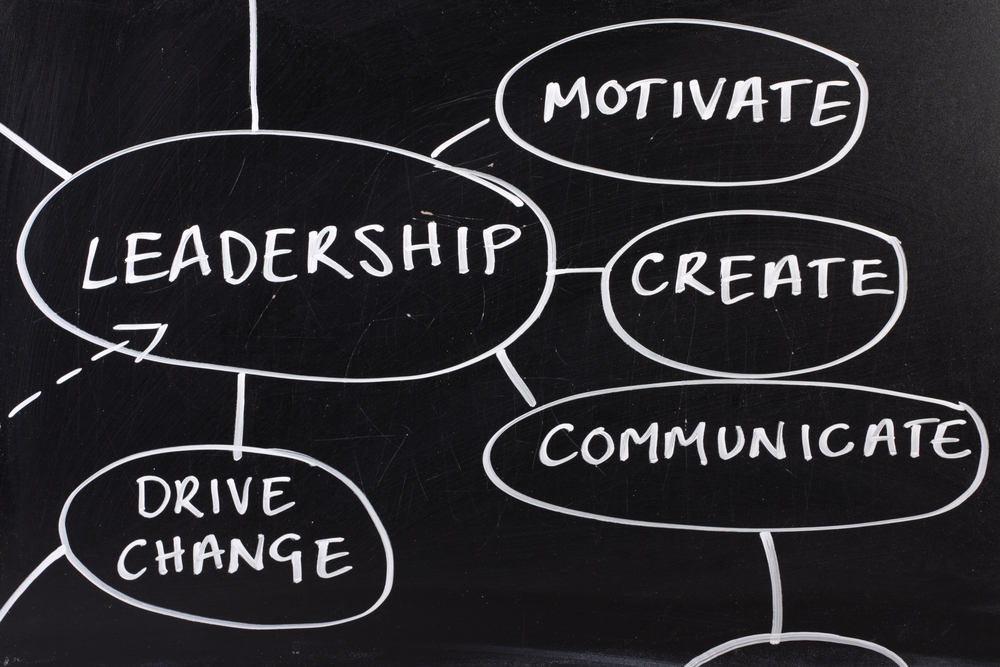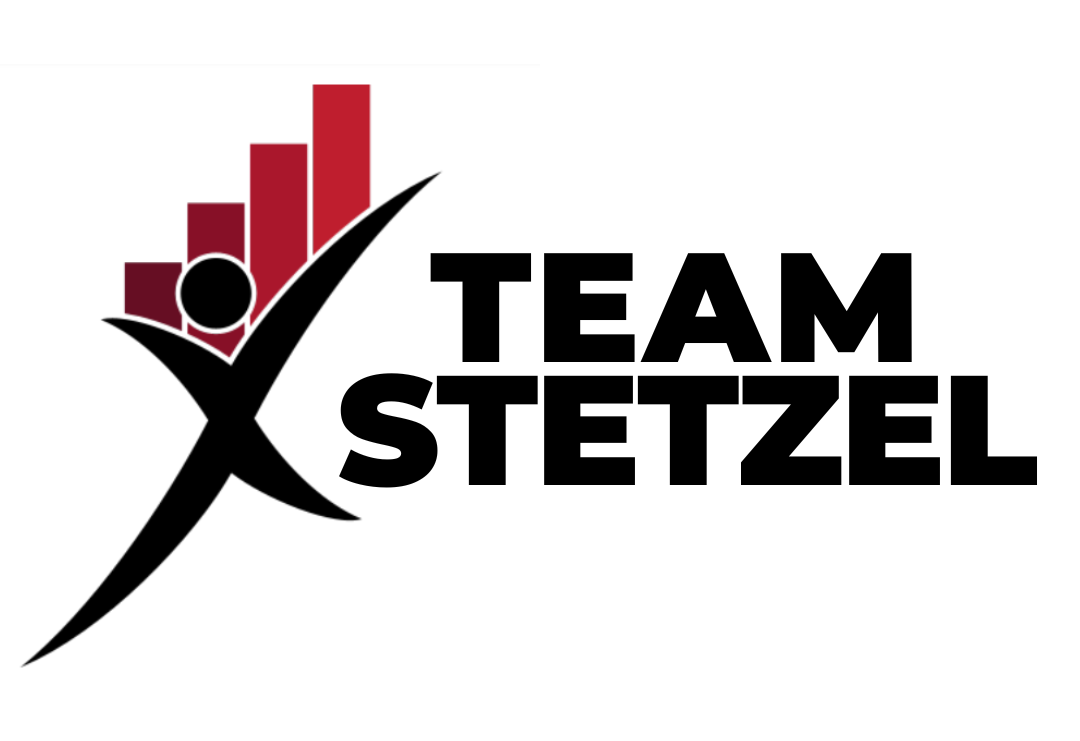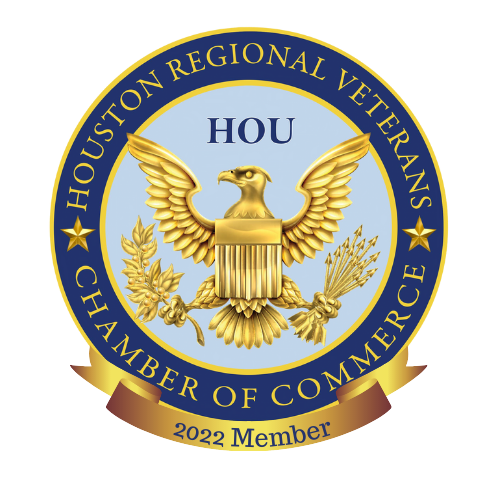Optimizing business performance is vital for any size corporation, but business owners in the small to medium-size enterprise (SME) market in North America can’t afford to do anything less.
According to statistics, in 2014 there were 5.83 million firms in the U.S. and 89.4 percent had fewer than 20 workers and they are a large part of the economy. In Canada, 97.9 percent of the 2015 economy was comprised of firms with fewer than 99 employees. This indicates the importance of highly successful SMEs.
Here are six ways to ensure every dollar you spend of your annual budget earns you the best possible ROI.
Build Employee Morale
A recent Gallup Poll found only one employee in three was engaged in their job and nearly one in five were actively disengaged.
Employees are the lifeblood of every organization, and studies show that engaged employees are usually harder workers. They are more willing to take on extra responsibilities, deliver higher productivity, generate a lower turnover rate, and are usually a good influence on other workers. Unengaged employees, however, just “serve their time,” while those who are actively disengaged can provide disruption and have a negative effect on others.
Employee morale benefits workers having a real sense they are valued. They get this mainly through the expression of gratitude or thanks by superiors, and from the knowledge that they have the trust of their colleagues.
Management has a huge effect on engagement, if employees are not engaged it’s a sign your leadership needs a “tune-up” so they lead effectively and create the environment that leads to active employee engagement. (If you’d like to know more about this subject, let’s talk. In just a couple of days you can make a huge difference in your management team’s impact with Navigational Coaching)
Say “thank you” and “well done,” publicly and often. Demonstrate trust through options such as flexible work schedules, which studies show make employees feel more valued. Create a culture of caring, which works particularly well in the SME environment where employees are often friendly outside of the job.
Use Task Management Software
What does task management software actually do for you, and how would it help your SME optimize business performance?
At every turn, you find a task management companies trying to sell you their software. Asana, Basecamp, Zoho, SmartSheet, Function Fox, Trello, and Slack – these are some of the names being floated as the answer to all your problems!
Keeping track of everything your team is working on can be challenging, especially for business owners who like to stay close to the action.
A good task management program offers a bird’s-eye overview of everything that’s going on, with the ability to drill down into the details when you need to. From document management through to employee time tracking, the right program can give you the info you need at the click of your mouse.
At the same time, task management software helps employees stay on track. There’s no more opportunity to “forget” a deadline – not when the software has sent daily reminders for the past week, and is now delivering alerts to the assignee’s mobile phone. It gathers data you can use for reporting purposes, as well as for long-term standards development.
When the system knows how long a task has taken in the past, for instance, it becomes possible to predict and track how long it will take in the future.
It helps avoid counter-productive work, prevents duplication of tasks by over-enthusiastic workers, and improves cost tracking.
Embrace LEAN Methodologies
While LEAN started out as an option solely for manufacturing environments, it has been adapted to other areas of business such as construction, software development and most recently marketing.
LEAN is the implementation of a team effort to improve performance through the reduction of waste, and is part of the Six Sigma process improvement tools.
It focuses on eight types of waste, including producing defective goods, unnecessary delays, and the storing of excess inventory. By reducing all nonessential efforts, products, supplies, and stocks, LEAN reduces costs so you can optimize profitability.
Minimize Meetings
Meetings are one of the primary causes of wasted time covered under LEAN, and much has been written about how to reduce the organizational drag of lengthy, unproductive gatherings. Meetings often waste time, energy, and talent in ways that a company would never condone were they squandering cold, hard cash.
Get More Powerhouse Ways To Improve Your Business
There are hundreds more systems, strategies and hard-earned secrets to making you and your business far more productive and profitable than it is today.
If you’d like to get in on the secrets and hop aboard the fast plane to growth and success. Contact us and let’s start a discussion.
Conduct an audit to determine how much time your staff spends in meetings, then calculate the cost based on average compensation for the employees involved. Compare the total with the estimated revenue value of those meetings, and you’re likely going to be in for a shock.
What can you do to minimize the time your workers spend in meetings?
Schedule shorter meetings of 30 minutes maximum and stick to them, regardless of whether you finish the agenda or not. Start and finish on time, even if attendees aren’t all present at first. Compile an agenda and circulate it beforehand. Follow it strictly during the meeting. Identify pre-work and assign tasks in advance, so workers come to the meeting with the information you need. This avoids having to hold a second meeting to get information you held a first meeting to request! (It sounds convoluted, but it happens more than you think.)
If an audit is out of the question, this simple exercise will help you get an idea of the waste:
Calculate the average number of meetings per month, multiply by the average number of attendees and then by the average duration in hours. Compare that with your average hourly rate. Keep the paddles handy in case of heart attack!
Promote Effective Communication
The more effectively you communicate with your in-house workers, the less likely you are to experience costly misunderstandings. Miscommunication with clients or suppliers are an even higher risk, and when information doesn’t get through to the right person at the right time, productivity drops. Tasks may be incomplete and goals aren’t achieved.
Good communication, however, has a positive effect on performance and improves employee morale and the company’s retention rate. The more information employees have, the more empowered they will feel, making them better able to complete their tasks confidently.
Communication problems arise for many reasons that you can fix relatively quickly with a bit of specialized training and an outside consultant to help iron out the points of friction that seem to appear like acne on a teenager in any company. If you’d like to turn friction into positive functioning, let’s talk. There are quick cost-effective solutions available.
Improve Customer Centricity
Your customers are even more important than your staff, because without them you’d have no business to employ workers. It’s vital, therefore, to ensure your customers are afforded the value they deserve.
Improve your customer service by identifying precisely who your ideal clients are and what they expect from your product or service. One good strategy to do that is to use customer personas because they help you identify the different groups who buy from you so you can tailor your help to each group of clients.
Ideally, your customer service department would look as busy as the Maytag repairman, just sitting and hoping for one call today.
If you don’t disappoint, you won’t need much of a customer service department! Get your act together and make the customer’s problem YOUR problem.
But we know that sometimes things just go off the rails despite your best efforts and that is where customer service can create an advocate or an enemy.
Social reviews are so prevalent online that even one bad review can cost you a lot of business. You may want to write this down: Cockroaches may be able to scuttle into the dark recesses when you turn on the kitchen light but with today’s social media, there is nowhere to hide if you have product or service problems.
One bad review can trash 10 good ones, even kill a sale.
On the other hand, turning around a bad experience can transform a dissatisfied customer into a raving fan and better yet, someone who’ll buy from you in the future.
When you know your customer, you can train staff to recognize an ideal customer at a glance (physically or virtually) and to make some educated assumptions about what will resonate with him or her. Offering your client what he wants, when he wants it and with the right approach to win him over is the pinnacle of customer centricity.
Build these strategies into your overall business plan over the next financial year, and consult with an experienced business coach and consultant for qualified help to maximize your performance. Let Team Stetzel help you maximize your business performance. Call us at (281) 217-4951 and we can see if individual coaching or group coaching would be best for your business strategy needs.



